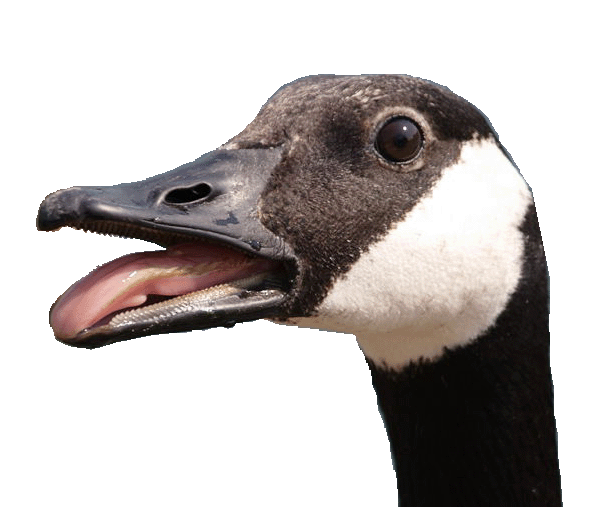This past week we hit ninety degrees in Seattle. Although many of my friends here in the Pacific Northwest begin to wilt when temperatures exceed the mid 80’s (to the amusement of visitors from warmer regions), there’s little question that warm summer weather invites us to spend more time outdoors; it expands our vision of recreational possibilities. And it was one such opportunity, ‘Opening Day’ of the boating season, that deepened my understanding of what defines ‘vision’, or what should. It was a lesson that literally ‘came out of the blue’. A lesson with definite ‘impact’.
I had just completed one ‘segment’ of a broadcast aboard a large power boat on Lake Washington, delivering my forecast as chief meteorologist for Seattle’s KING Television. I liked such ‘live’ broadcasts; they demanded creativity and improvisation. Maximizing the odds for success for these costly and high-pressure enterprises demanded a clear vision of the goal, careful preparation, anticipating and mustering the necessary equipment and personnel, flexibility and a blend of what I like to call ‘telephoto and wide angle vision-that blend of vigilance and observation that allowed us to creatively seize unexpected opportunities but also to promptly and effectively respond to challenges in the field.
That applies to any endeavor-I suspect it applies to many of yours. Carrying through any project on the job, anticipating needs of clients, remaining a step ahead of competitors. The best concept, preparation, focus and personal execution means little if you don’t continually assess your ‘environment’ and continually shift from telephoto to wide angle vision-to maintain a sense of the larger ‘picture’. I learned that, as did a colleague, the hard way. It was embarrassing. It almost was disastrous.
After completing my first broadcast for Opening Day aboard the boat, I retreated to what’s called the ‘bow pulpit’ or front of the boat to plan for my next segment. A colleague, relatively new to television, was now ‘on camera’. Where I dressed casually in a pair of jeans, deck shoes and turtleneck, he was resplendent in crisply ironed white pants, a very nautical navy blue double breasted blazer with brightly burnished brass buttons, a shirt, a tie and even a captain’s hat. The kind with the patent leather visor and the gold cord. My photographer and I finally persuaded him the cap was overkill. He removed it only with great reluctance.
It was just seconds after he started talking that I first heard it-‘honk, honk, honk’-the call of not just one but an entire ‘V-formation’ of Canada geese. Now I’m a strong believer in the power of positive thought, but I’m embarrassed to admit to a moment of negative thought. Malicious thought. You might anticipate the impulses that courses the synapses of my brain-‘wouldn’t it be funny if…’
Now, no sooner had that vision entered my mind than the geese changed course-directly toward our boat. Honk! Honk! Honk! Our photographer straightened from behind the camera and glanced first at the geese and then at me. He took a step of retreat backward. However, I had no such option. I couldn’t move without interrupting the broadcast. I looked at my colleague who was now ‘live’. He was oblivious to the geese and their potential threat. He was laser-focused on the camera, his vision purely ‘telephoto’, ‘zoomed’, limited.
Honk! Honk! Honk! The geese were now headed directly toward us, getting lower and closer and louder. To my disbelief, I saw the goose in the lead turn and look at the goose to his right in trail formation. A scene out of a World War two movie flashed in my mind. A leather helmeted commander of a bomber issuing a terse command-. ‘Blue leader to blue goose one, target fifty meters and closing, advise ready for the attack’. Simultaneously fascinated but horrified, I saw the goose to the right of the leader turn his or her head. I imagined the focused response- ‘blue goose one to blue leader-target acquired, will release on your command’. Not a second later, there was a release of organic ordnance. And it was falling directly toward us. Pinned down, I made myself as small as possible, shooting a furtive glance at my colleague-he was still oblivious to the geese, his attention tightly focused on the camera, and only on the camera.
The avian attack did not result in a direct hit; the goosey grapeshot missed my colleague by inches, but hit the deck with such force that the splatter covered my jeans to the knees, and the entire backside of the reporter. Completing his broadcast, he was surprised to see the photographer had disappeared (having wisely sought refuge) and prepared to step back toward what could best be termed ‘ground zero’.
‘Don’t move’, I ordered. Surprised, he turned. His eyes widened as he noticed that my jeans were no longer blue. ‘Look behind you’, I added. His face paled, becoming almost as white as his crisply ironed trousers had once been. He learned, as did I, that while preparation and focus are important, it’s critical to not get lost in details, to maintain a sense of the ‘big picture, with ‘wide angle vision’.
Outright disaster was averted. There was an unexpected trip home for a change of clothes and an elevated laundry bill. It now is a point of humor, a funny story, but it’s also an object lesson. While it’s important to use ‘telephoto’ or ‘zoom’ vision to identify and manage details, it’s also critical to engage ‘wide angle vision’. To periodically ask-‘is my original goal still valid? Has the operating environment that motivated that goal or my strategy changed……and do I need to update either one? Periodically review ‘the big picture’…and…look up!






